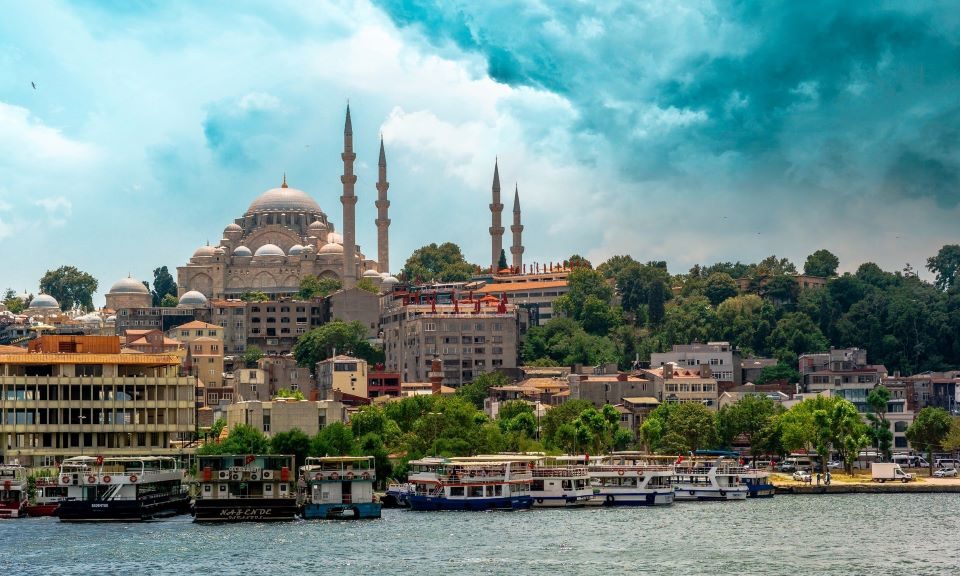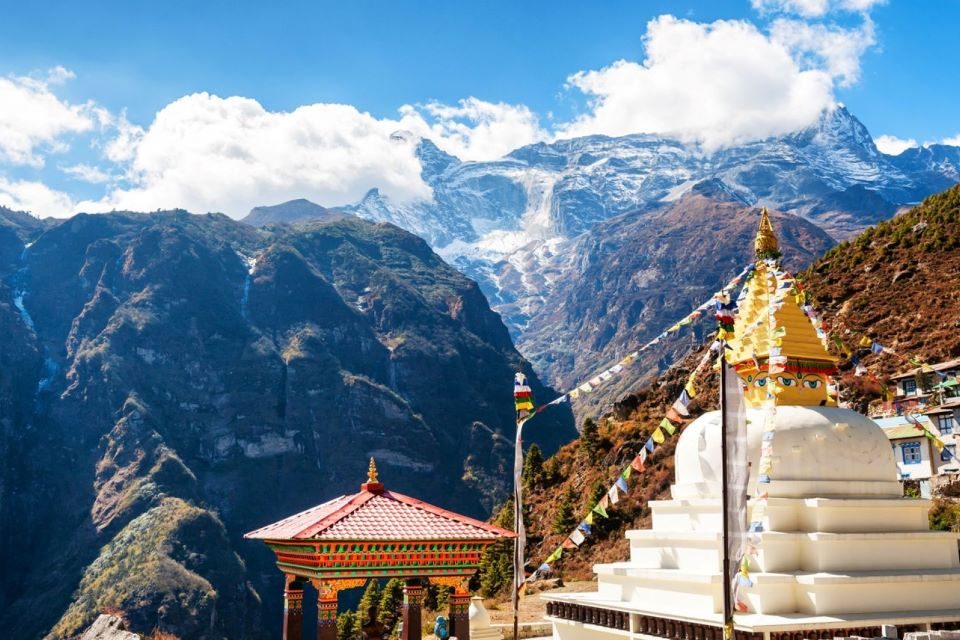Top seven tips for travel to Iceland

7 Money-Saving Grocery Shopping Tips
August 11, 2022
6 Things that Could Land You in Trouble in Dubai
August 13, 2022Top seven tips for travel to Iceland
Published by
Charles


Categories
After working a full season as a guide in Iceland. I can confirm that I have known one of the most beautiful countries I have ever been to. And that in the absence of renting an off-road vehicle. Being able to enter the lonely and fascinating lands of the center of this island. That keeps so many secrets and dreamlike landscapes. However, despite having that adventure pending – and taking into account. That most travelers who visit Iceland do not have that experience in their plans either. I think I have already accumulated enough experience. And knowledge to leave you this short list of tips for travel to Iceland.
The land of fire, ice, and water awaits you with its spectacular waterfalls, caves, solidified lava fields, tundras, glaciers, and fjords. That mystical halo seems like the perfect fertile field. Listen to legends of Viking gods and other mythological beings.
Table of Contents
ToggleDocuments And Visas To Travel To Iceland
Although they use their own currency (the Icelandic krona). Iceland belongs to the Schengen area, so for any normal tourist trip. You will only need to present your valid ID (or passport, if you prefer) to enter the country.
If your intention is to stay for more than 3 months. Then you should already consult the different types of visas and permits. Offered on the official page of Foreign Affairs of the Icelandic government.
Health Requirements To Travel To Iceland
Remember that, at this time when COVID-19 is still very present in our lives. They will also require an international vaccination certificate (showing that you have received the complete guideline at least 15 days before entering the country). And possibly a negative PCR or antigen test (this changes every month, so it’s worth checking before you travel). This should be used in a way to indicate you can go to websites like https://www.retailmenot.com/view/priceline.com to find discount codes or promo codes for travel related items like flights, hotels, cruises, or rental cars.
How To Get To Iceland
In recent years, the variety and frequency of flights between Iceland and Spain have increased considerably.
Thus, you can find direct flights between the Icelandic capital, Reykjavik, and Madrid, Barcelona, Alicante, and Santa Cruz de Tenerife.
The airlines you can choose from are Icelandair, Iberia, Vueling, and Play. Prices will vary according to a good number of factors. Being able to get round trip flights for 160-300 euros on average. If you are smart and look for them with some advance and flexibility of dates.
The flights last about 4 hours to Madrid and Barcelona, and 4.5 hours to Alicante. And the one from Tenerife usually has a stopover in the peninsula.
When Is The Best Time To Travel To Iceland
Among the best tips for traveling to Iceland. One of the most precious is the one that determines the best time to start your adventure.
The best time to travel to Iceland is during the summer (July and August). Yes, it is true that you will have more chances to find the northern lights from September and throughout the autumn and winter, but, in my opinion, the fact of being able to admire the immense beauty that the country offers under the rays of the sun weighs more. summer, which barely hides a few hours a day (on average).
From the end of June to the beginning of September, the Icelandic climate is usually more benign and the sun gives everything a brutal color. Of course, if you are going to travel to Iceland in July or August (high season), you will have to make reservations for everything related to the trip well in advance.
If you are a lover of the cold, the extreme, and the northern lights, then stick with the season from October to April, approximately.
Travel Insurance To Travel To Iceland
Iceland is an extremely safe country.
However, as in any other destination where nature is the main protagonist, the number of outdoor activities multiplies exponentially, being always more exposed to any physical mishap during your stay. Without going any further, during the two months that I have worked as a guide this year, I have seen how a person was repatriated due to a major muscle strain in the calf (preventing him from continuing his activities during the rest of the trip, so he preferred to return home), and other travelers suffered a sprained ankle while trekking in the mountains and a small accident while walking with crampons on the ice of a glacier.
Therefore, one of the most important tips for traveling to Iceland is choosing good travel insurance. Due to the experience we have gained over the last few years, we recommend Iati insurance, which covers all types of getaways and their duration, combining the best coverage with top-quality assistance and a very competitive price.
How Much Time Do I Need To Travel To Iceland?
Among the tips for traveling to Iceland, one of the most complicated is to tell you how many days your trip through the country should last. As usual in destinations that captivate and enchant, the premise is simple: the more days the trip lasts, the better. However, as in most cases, we cannot afford to be on vacation for life. I must tell you that the minimum stay in the country should be 8-10 days. With less time you will have the feeling of not having lived in Iceland in a more or less profound way.
The usual itinerary of those who travel 8-10 days to Iceland usually includes Reykjavík and the entire southern part of the island, including a brief incursion through the eastern fjords and something in the north, with the towns of Husavik and Akureyri, and Lake Myvatn as most visited tourist spots.
If you can manage a couple of weeks (or about 17 days), you can now extend your adventure to the whole of the north, including the magnificent and uncrowded (and even less inhabited) fjords of the northwest, where you can enjoy dramatic cliffs located just 300 km from Greenland, lonely endless beaches and an extreme feeling of nature in its purest form.
Transportation In Iceland
Another fundamental piece of advice for traveling to Iceland is the issue of transportation. If you were planning to visit the country by taking buses or other forms of public transport, you can forget about it now. At least if you want to fully enjoy a place that deserves it so much.
There is no railway in Iceland, and buses will get you between big cities (big by Icelandic standards alone) and some coastal towns, but little else. Also, if you were to take buses all the way, you would miss out on the opportunity to stop wherever you want to take a spectacular photo or savor an idyllic scene, which in this country seems to happen after every curve.
Therefore, get used to the idea that you will have to rent a car, a camper, or a camper van to travel to Iceland. This will be one of the most important expenses of your trip, but you will not be able to try to go for the cheapest, because you may have a problem on the road. Since the subject deserves a fairly extensive explanation, I will write a comprehensive article on tips for renting a car in Iceland.
You may like to read The best safety tips when traveling by road


